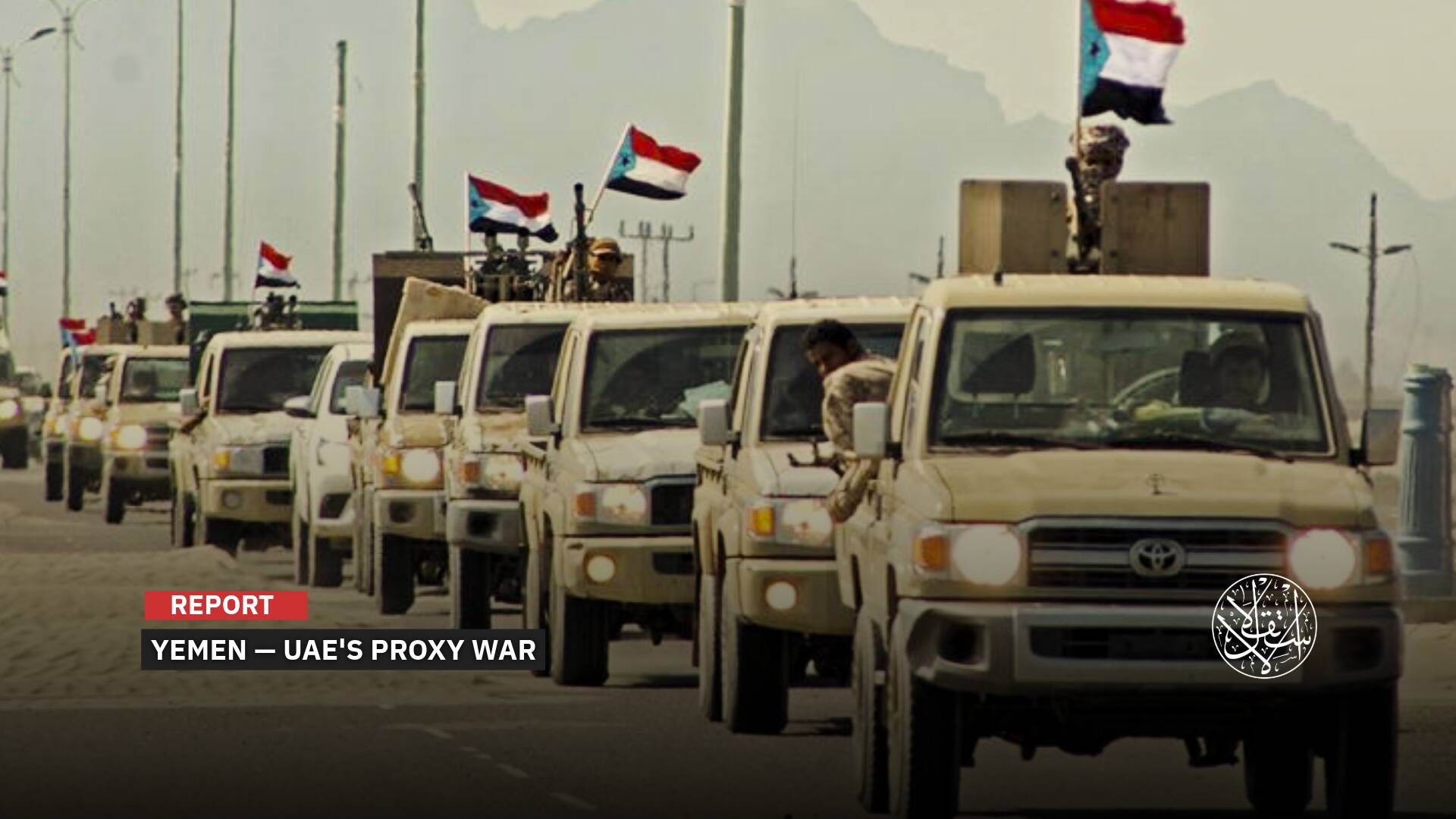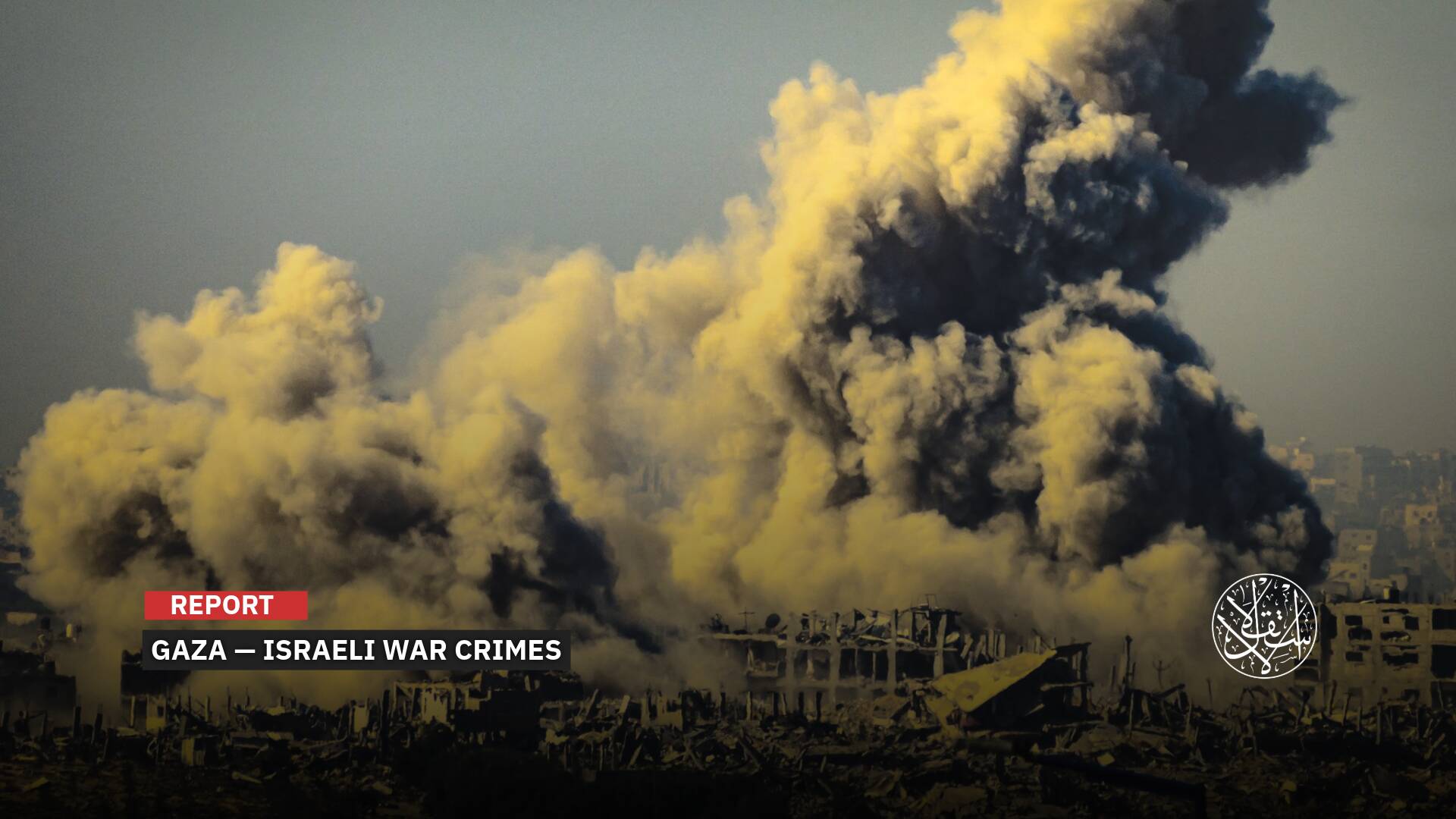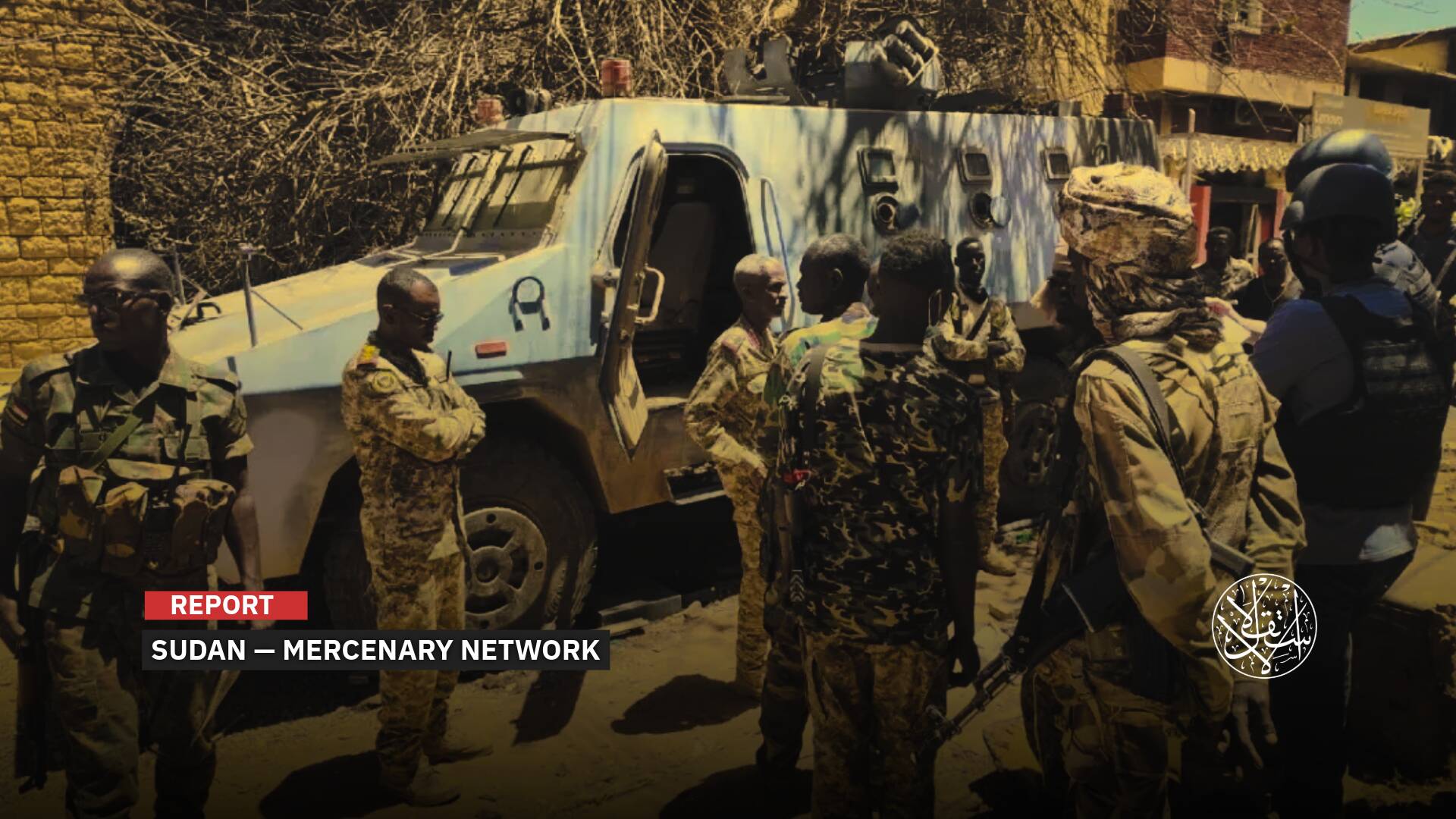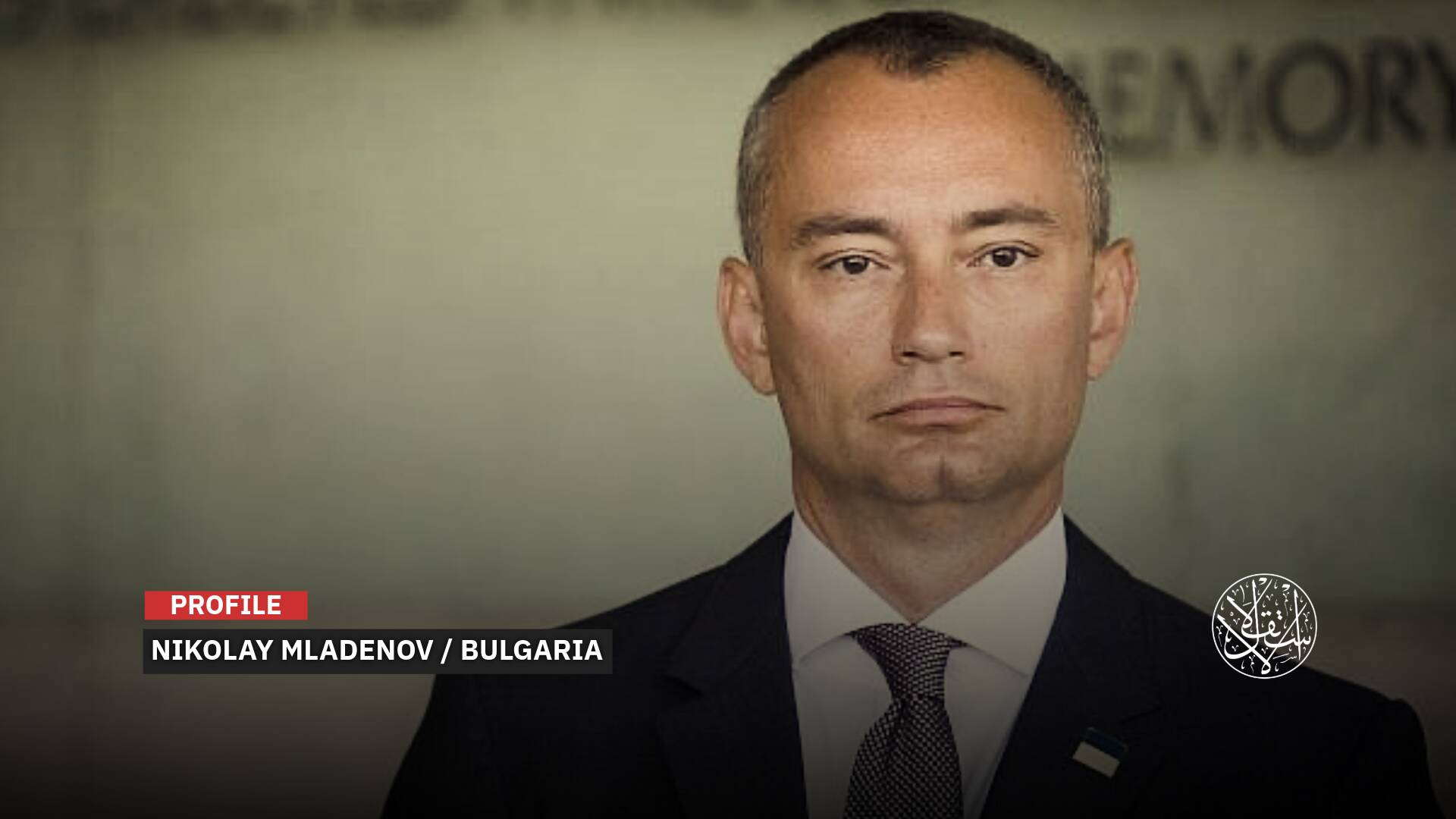Ethiopia Deceives Sisi Again: What's Causing the Unusual Delay in the Nile Flooding?

Dr. Abbas Sharaky, a professor of geology and water resources at Cairo University, told Russian media on August 15, 2023, that this year's festival is expected to pass without flooding for the first time in the history of Wafaa el-Nil, which dates back to before the ancient Egyptian era more than 7,000 years ago, noting that the Aswan High Dam saved Egypt from disaster.
"The floodwaters in early August now come to a halt at Lake Nasser in front of the High Dam, and for the first time this year, the flood does not arrive on time due to the filling of the Renaissance Dam, which began at the beginning of the season and is expected to continue until next September," Sharaky said.
This has sparked controversy amid the ongoing crisis with the Grand Ethiopian Renaissance Dam (GERD).
Egyptians rejoice in the yearly Wafaa el-Nil, also known as the Nile Flooding Festival, an age-old custom that pays tribute to the Nile and its vital nourishing floods. Signifying the "Fidelity of the Nile," this celebration occurs annually on August 15, spanning a fortnight.
The event encompasses a diverse array of cultural festivities along the shores of the planet's longest river.
Sharaky stated on his Facebook page, "For the first time in history, the Nile Flood Celebration on August 15, 2023, will take place without flooding."
He explained that rains fall in Ethiopia during the key 3–4 months (July–October), and the waters typically begin to reach Egypt in late July to early August each year.
It's usually confirmed by mid-August when Egyptians celebrate the arrival of the flood, laden with abundant water and blessings.
He added that the flood typically arrives at the beginning of August at Lake Nasser in front of the High Dam, but for the first time this year, it has not arrived on schedule due to the fourth filling of the GERD.
The Nile has served as the foundational support of Egyptian civilization since ancient eras, furnishing millions with water, sustenance, and a means of travel. The yearly inundation of the Nile, typically happening from July to September, was regarded as a sacred bestowal that enhanced the soil and secured an abundant harvest.
The Nile stands as the most extensive river on the planet, stretching approximately 6,650 kilometers. It courses from south to north through 11 nations in East Africa: Tanzania, Uganda, Rwanda, Burundi, the Democratic Republic of Congo, Kenya, Ethiopia, Eritrea, South Sudan, Sudan, and Egypt. The Nile's course is shaped by two primary tributaries: the White Nile and the Blue Nile.
Originating from Africa's largest lake, Lake Victoria, the White Nile converges with the Blue Nile at Khartoum, the capital of Sudan. The Blue Nile, on the other hand, emanates from Ethiopia's Lake Tana, supplying around 60% of the Nile's water and sediment. Adding to this intricate network is a third tributary, the Atbara River, which meets the Nile along the boundary separating Sudan and Egypt.
The roots of the Nile Flooding Festival are entwined with ancient Egyptian mythology, where the Nile's flooding was interwoven with various tales and beliefs. Among them was the notion that the Nile personified a man who journeyed to Egypt to unite with the land, with his inundation signifying love and fertility.
For years, Cairo has been calling for a legally binding tripartite agreement, including Sudan, regarding the filling and operation of the Ethiopian Grand Renaissance Dam (GERD), which construction began in 2011.
Addis Ababa rejects this and argues that the dam is crucial for development efforts, especially electricity generation, and will not harm the interests of any other country.
This has led to the suspension of negotiations multiple times, the latest of which occurred over two years ago.
On July 6, 2023, Ethiopian Prime Minister Abiy Ahmed confirmed that the fourth filling of the GERD "will take place," but he claimed that his country "will consider Egypt and Sudan's concerns, so that the filling will be done differently from the previous three times."
He explained this "different approach" by stating, "Instead of completing the filling in early August 2023, as in the previous three rounds, it will be postponed to the beginning of the month's end or early September," according to the Ethiopian News Agency.
However, what happened confirms Ethiopia's violation of what it announced. The storage started concurrently with the onset of the Nile flood on August 1, which is expected to continue until September 2023, according to an expert from the Egyptian High Dam Authority, who preferred not to be named.
In the expert's view, expressed to Al-Estiklal, Ethiopia deliberately extended negotiations with Egypt over the dam for four months during a meeting between Sisi and Abiy.
This extension was meant to allow Ethiopia to complete the fourth filling and strengthen its fait accompli over Cairo.
The mentioned meeting took place on July 13 and witnessed positive atmospheres as discussions between the two resumed. There were confirmations from the Ethiopian Prime Minister about his country's sincerity and readiness to reach an agreement as soon as possible on the filling and operation of the GERD, according to the Egyptian presidency at the time.
Fidelity or Fatality?
Egyptians find it ironic that the traditional celebration of "Fidelity of the Nile" on August 15 every year in Egypt might turn into "Death of the Nile" due to the Blue Nile flood not reaching the country for the first time, as a result of Ethiopia withholding the water.
On August 15 each year, Egyptians celebrate the Fidelity of the Nile as a tribute to the river's loyalty in providing them with water. In ancient times, during the Pharaonic era, they would float a wooden doll during a grand ceremony attended by the king and senior officials.
Despite Abbas Sharaky being a supporter of President Abdel Fattah el-Sisi's regime, he was attacked by cyber authority committees. They accused him of spreading rumors that the Nile flood hadn't arrived and emphasized that it had safely reached the homeland. They dismissed these claims as malicious attempts to undermine the Egyptian state.
ماتسمعوش للإشاعات يا جماعة
— Nouran M. Salah �� �� (@NouranMSalah1) August 16, 2023
مافيش حاجة إسمها سد النهضة أصلاً والفيضان وصل بألف سلامة لأرض الوطن وكل دي إشاعات مغرضة لهدم الدولة المصرية pic.twitter.com/PmQjL5DAe6
Egyptian water expert Hany Ibrahim also confirmed that the floodwaters did not reach Egypt and Sudan on the traditional celebration of the Fidelity of the Nile on August 15.
He mentioned that during the severest drought years of the August 15 flood in 1984, the Dim Border Station in Sudan recorded a daily flow of 283 million cubic meters.
However, on August 15, 2023, the day of the Fidelity of the Nile, the flow at this border station in Sudan did not exceed 150 million cubic meters per day. This was due to Ethiopia's use of the low-level usage and turbine gates of the disastrous Ethiopian dam, allowing only a fraction of the water to pass through.
In effect, the Ethiopian dam retained half of the inflow from the severest drought years, leading to an artificial drought of the Blue Nile and its waters being withheld from Egypt.
He further explained, via his Facebook account, that the highest inflow during the August 15 flood was recorded in 2017 at around 779 million cubic meters per day. In comparison, on the same day in 1988, it was 662 million cubic meters per day.
Egyptian expert Hany Ibrahim expects the Nile's floodwaters to start reaching Egypt between August 27 and 30, 2023. This will occur when the dam reaches its fourth filling phase with a total capacity of about 42 billion cubic meters, and the water starts passing through the middle passage of the dam.
According to water experts in Egypt, Ethiopia began the fourth storage process on July 14, 2023, contrary to the Ethiopian Prime Minister's false claim that it would not begin until the end of August or the beginning of September.
They stated that Ethiopia raised the dam's sides and the middle passage's height to between 620 and 625 meters above sea level.
This effectively holds back more of the Nile's water in the dam, particularly as Ethiopia did not open the drainage gates (60–70 million cubic meters per day).
Satellite images revealed that after the fourth filling of the Renaissance Dam, water storage quantities exceeded 9 billion cubic meters, surpassing a total water quantity of 26 billion cubic meters.
The images also showed that the lake's level in the Renaissance Dam reached over 600 meters above sea level after the latest filling from July 14 to August 14, 2023.
The Deception Continues
On July 13, 2023, Head of the Egyptian regime, Abdel Fattah el-Sisi, agreed with Ethiopian Prime Minister Abiy Ahmed to start "urgent" negotiations regarding the Renaissance Dam and its operation. This was stated in a "joint statement" published by the Egyptian presidency spokesperson.
Despite their aspiration to resolve the Renaissance Dam crisis within four months, Ethiopia did not commit to an official agreement on the fourth filling; it provided only verbal assurances during the filling not to cause harm to Egypt and Sudan and to provide their water needs.
The danger of the joint statement signed by Sisi and Abiy Ahmed is that it implicitly approves Ethiopia's fourth filling of the dam after Egypt had rejected filling it during the previous three instances.
Moreover, the joint statement failed to specify the filling volume and settled for a verbal promise not to harm Egypt.
Nevertheless, Professor Abbas Sharaky, an expert in water resources at Cairo University, expects the fourth filling to affect 45% of Egypt's share of water.
A previous analysis by Al-Estiklal highlighted five shortcomings or pitfalls in the Sisi–Abiy Ahmed agreement (the joint statement) that favored Ethiopia and constituted a continuation of Egypt's diminishing stance in the Renaissance Dam crisis.
One of the most significant was the Ethiopian verbal promise not to harm Egypt, which constituted a new concession by Sisi. This implicitly approved the fourth filling in exchange for oral assurances previously given by Abiy Ahmed, which ultimately resulted in continued harm.

Ethiopia pledged not to cause "significant harm" to Egypt, as stated in the English version of the joint statement. This indicates that Cairo accepts its potential harm, albeit not of significant magnitude.
According to Egyptian water experts, Ethiopia aims to store the equivalent of half of Egypt's annual share of Nile water during the fourth filling of the Renaissance Dam, which would amount to between 20 and 25 billion cubic meters.
In the previous three fillings, a total storage of 17 billion cubic meters occurred over three years. Now, Ethiopia aims to store 25 billion cubic meters in a single filling, which is roughly half of Egypt's annual share of Nile water, which is 55 billion cubic meters.
It's expected that Egypt will receive very minimal amounts of Blue Nile inflow, representing only 60% of its share, due to Ethiopia's fourth filling. This storage is water that was meant to reach Cairo but has been retained in the Renaissance Dam.
Former Egyptian Minister of Water Resources and Irrigation, Mohamed Nasr Eldin Allam, summarized the story of the Renaissance Dam, stating that its primary goal is to negatively impact Egypt's water share and to implement a plan for Ethiopian dams to control Blue Nile water.
He stated on Facebook that this plan is known to everyone and has been published scientifically in international journals in Europe and the United States. He emphasized that only Egyptian efforts could halt this plan.
Allam added a subtle message directed at Sisi's regime, asserting that relying on others to protect their rights is a waste of time, effort, and Egypt's interests as a nation.
Abdullah al-Ashaal, former Assistant Foreign Minister, said the recent Ethiopian actions were a new form of procrastination, demanding monitoring of the dam filling process.
He told Times of Egypt, a London-based news outlet, on August 16, 2023, that "Ethiopia's non-compliance with the 2014 Declaration of Principles agreement with Egypt and Sudan is the most significant evidence of Abiy Ahmed's manipulation to gain time and continue narrowing Cairo's options through the dam."
Al-Ashaal urged Ethiopia to allow participation in the dam filling management process, the monitoring of storage, and the installation of turbines, which Ethiopia claims are for electricity generation, not to retain a significant portion of water that harms Egypt and Sudan.
How Is Egypt Afflicted?
Although all experts confirm that Egypt is impacted by the Renaissance Dam, Mohamed Saleh, head of the Irrigation Authority, claimed on August 12, 2023, on the government-aligned Sada el-Balad channel, that there has been no reduction in Egypt's Nile water share due to the Renaissance Dam, neither in the past years nor currently.
He stated that Egypt "has not been affected by the Ethiopian Renaissance Dam due to high floods and heavy rainfalls, ensuring Egypt's full share of Nile water."
Dr. Abbas Sharaky expressed surprise at the government's statements that the Renaissance Dam has not negatively affected Egypt so far. He confirmed that the dam crisis resulted in the country losing billions of dollars.
To illustrate, he cited Egypt's spending of billions of dollars on projects to reduce water consumption and treat and reuse agricultural drainage water despite its economic difficulties, as reported by Al-Manassa on August 17, 2023.
Sharaky said, "If the water retained by Ethiopia were used for agriculture, it would yield an economic return of about one billion dollars for every billion cubic meters." He estimated the area of rice cultivation at about 1.1 million acres.
He added, "It would have been possible not to establish agricultural drainage treatment stations, saving tens of billions of pounds or the cost of imports or components in dollars," and further mentioned that "expanding cotton cultivation was also possible."
"Using one billion cubic meters of water for cotton cultivation could save a billion dollars when exported."
On July 2, 2023, former Egyptian Minister of Water Resources and Irrigation stated that the dam filling would reduce Egypt's water share, which Ethiopia refuses to acknowledge.
He pointed out that the annual water storage deficits from the dam due to evaporation and seepage will also be taken from Egypt's water share.
He wrote on Facebook that "the damage of the Ethiopian dam is permanent, not temporary, and it worsens during drought periods. It is ignorant to say that the damage to Egypt occurs only during the filling. The dam will be filled and emptied several times throughout its lifespan.
"The Ethiopian dam will have negative environmental consequences in the northern delta. Groundwater levels will drop in the delta and the valley. There will be navigation problems along the river, and fish farming productivity will be negatively affected."
He also noted that "even if an agreement for filling and operation were reached, there would still be significant water damage to Egypt and a major reduction in the High Dam's electricity output."
Sources
- The fourth filling of the Renaissance Dam: How does it affect Egypt? [Arabic]
- It reaches billions of dollars -- An Egyptian expert warns of major losses after Ethiopia begins the fourth filling of the Grand Ethiopian Renaissance Dam [Arabic]
- South Sudan withdraws from the Nile Waters Agreement [Arabic]










